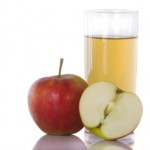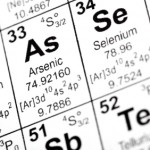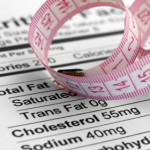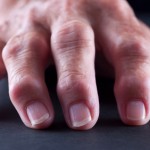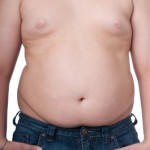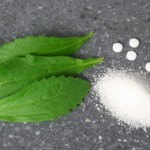Two days ago I began a post on zoonoses, diseases that spread from animals to humans. As usual, my interest led me from one fairly-limited topic to more-generalized subjects and I eventually decide to write a multi-post discussion of viral diseases that either have caused massive, widespread epidemics (AKA pandemics) or could potentially lead to them.
The number of deaths they have resulted in is staggering. HIV/AIDS has killed over 25 million of us in the past 30 years; the Black Plague over a 330-year period killed 75 million and smallpox is estimated to have caused over 300 million deaths over the centuries.
But let's start with influenza, the virus that we read about year after year as a worldwide threat. In the fall my wife and I get flu shots; we got used to doing so when we were both on active duty as Air Force medical staff personnel. It was routine; I didn't pay a lot of attention to what this year's shot contained and only vaguely kept up with anything written about the flu itself.
Then so-called "bird flu" came along and the world geared up for a terrible pandemic.Usually the kind of influenza virus found in birds doesn't infect humans. But one unusual strain, called H5N1 (I'll explain what that means later) killed a six-year-old boy in Thailand in 2003. Of the people who caught this virus, 60 % died.
Most of us have heard about the Spanish flu, a major pandemic that infected a third of everyone living in 1918-1919 and caused 20 to 40 million deaths worldwide. Yet only 3% of those whom the virus infected died from it.
The so-called Asian flu pandemic in 1956-1958 causes 2 million deaths; the Hong Kong flu in 1968-1969 killed 1 million and the yearly seasonal flu results in anywhere from 5 to 15% of us getting ill; 250,000 to 500,000 die as a result. But these flu strains actually only resulted in a death ratio of less than 0.1%.
As it turned out, there was very little person to person spread of the avian flu. If there had been the results could have been catastrophic.
One of the outcomes of the avian H5N1 outbreak was fortuitous. When the "Swine flu" pandemic occurred in 2009-2010, the public health establishment and the medical community were considerably better prepared. The CDC summary is worth reading as it documents the steps taken to contain the virus; actually this was a flu strain that was transmitted from person to person and wasn't present in US pig herds.
The virus itself had genes from four different influenza virus sources, two from pigs, one from birds and one from a human flu virus. The CDC widely distributed kits to labs enabling them to identify the new viral strain. They and the World Health Organization (WHO) kept tabs on the numbers of cases of the new disease and WHO announced a global pandemic in June, 2009 .
A vaccine was developed with unusual speed and a preliminary target group of higher-risk individuals was identified; this consisted of 159 million people in the US. Vaccine safety was tested in various groups and the vaccine itself was administered starting in early October; by late December 2009 enough had been produced to allow vaccination of anyone wishing it.
The final results were impressive; less than two-thirds of a million people caught the virus and the death rate was 0.03%



